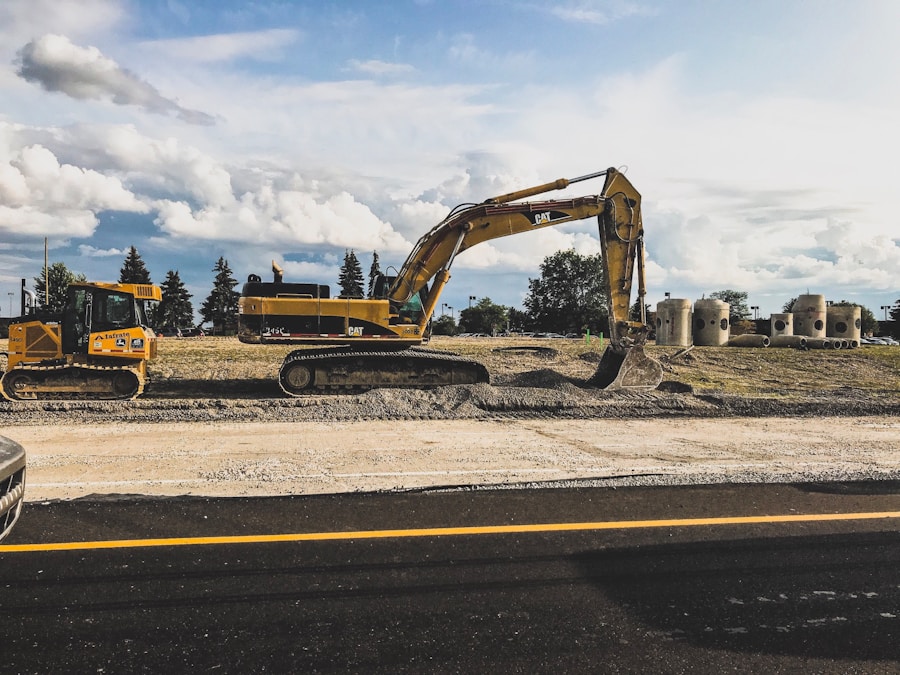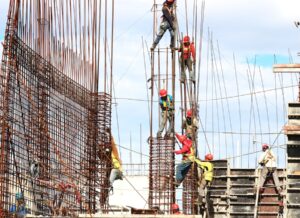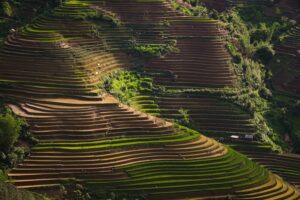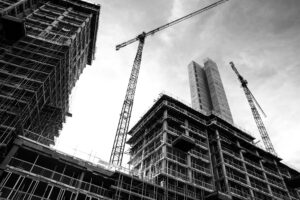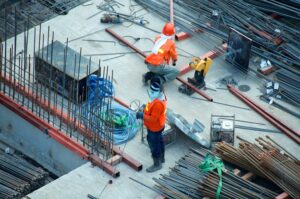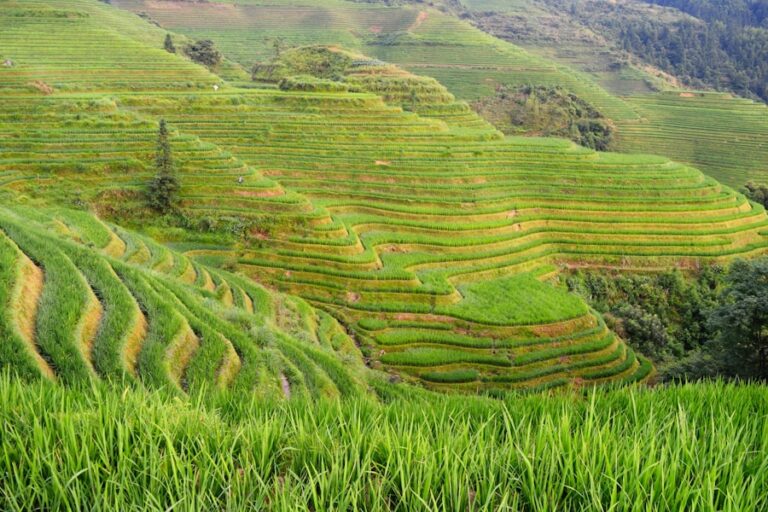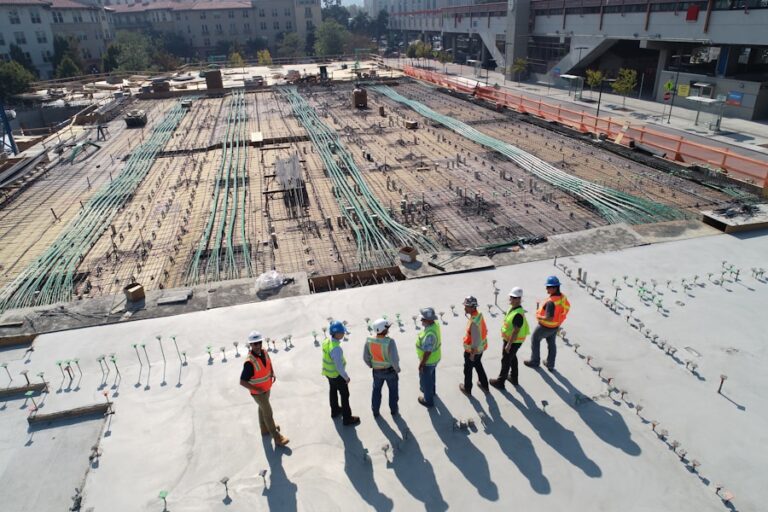When it comes to building a villa in Bali, one of the most important decisions you will make is choosing the right location. Bali is a diverse island with a wide range of landscapes, from lush rice terraces to stunning beachfront properties. Each location offers its own unique advantages and challenges, so it’s important to carefully consider your priorities and preferences before making a decision.
If you’re looking for a peaceful retreat surrounded by nature, you might consider building your villa in the lush interior of the island, where you can enjoy stunning views of the mountains and rice terraces. On the other hand, if you’re more interested in being close to the action, you might prefer a beachfront property in one of Bali’s popular tourist areas. No matter what your preferences, it’s important to work with a local real estate agent who can help you navigate the complexities of the Balinese property market and find the perfect location for your dream villa.
Once you’ve found a few potential locations, it’s important to consider factors such as access to utilities, proximity to amenities, and potential environmental impacts. For example, building on a steep hillside might offer breathtaking views, but it could also present challenges in terms of access and construction. By carefully considering these factors, you can ensure that your chosen location is not only beautiful, but also practical and sustainable for the long term.
Understanding Local Building Regulations and Permits
Building a villa in Bali can be a complex process, especially when it comes to navigating the local building regulations and obtaining the necessary permits. The first step in this process is to familiarize yourself with the specific regulations that apply to your chosen location, as these can vary significantly from one area to another. Working with a local architect or construction firm can be invaluable in this regard, as they will have a thorough understanding of the local regulations and can help you navigate the permitting process.
In addition to obtaining the necessary permits, it’s also important to consider any potential environmental or cultural impacts that your construction project might have. For example, if your chosen location is near a protected natural area or historical site, you may need to take additional steps to ensure that your project complies with local conservation laws. By working closely with local authorities and environmental experts, you can ensure that your villa is not only legally compliant, but also respectful of Bali’s natural and cultural heritage.
Finally, it’s important to budget for the costs associated with obtaining permits and complying with local regulations. This can include fees for environmental impact assessments, building permits, and other administrative expenses. By carefully considering these costs upfront, you can avoid unexpected delays and expenses later in the construction process.
Selecting the Right Materials for Bali’s Climate
Bali’s tropical climate presents unique challenges when it comes to selecting materials for villa construction. The island experiences high levels of humidity, intense sunlight, and heavy rainfall, all of which can take a toll on traditional building materials. As a result, it’s important to carefully consider the durability and suitability of different materials for your villa project.
One popular option for villa construction in Bali is using locally-sourced materials such as bamboo, teak wood, and volcanic stone. These materials are not only abundant in Bali, but they also have natural properties that make them well-suited to the island’s climate. For example, bamboo is known for its strength and flexibility, making it an ideal choice for building structures that can withstand high winds and seismic activity.
In addition to natural materials, it’s also important to consider the use of modern building technologies and techniques that can enhance the durability and sustainability of your villa. For example, using high-quality insulation and energy-efficient windows can help regulate indoor temperatures and reduce energy consumption, while solar panels can provide a renewable source of electricity for your villa. By carefully considering the materials and technologies used in your villa construction, you can ensure that your project is not only beautiful, but also resilient and sustainable for years to come.
Working with Local Contractors and Suppliers
When it comes to building a villa in Bali, working with local contractors and suppliers is essential for ensuring that your project is completed on time and within budget. Local contractors have a thorough understanding of the unique challenges and opportunities presented by Bali’s landscape and climate, and they can offer valuable insights into the best construction techniques and materials for your villa project.
In addition to their expertise, local contractors also have established relationships with suppliers and craftsmen throughout Bali, which can be invaluable when it comes to sourcing high-quality materials and skilled labor for your project. Whether you’re looking for traditional Balinese woodcarvings or modern building materials, working with local suppliers can help ensure that your villa is built to the highest standards of craftsmanship and quality.
When selecting a contractor for your villa project, it’s important to carefully vet potential candidates and ask for references from previous clients. It’s also important to clearly communicate your expectations and requirements for the project, including timelines, budgets, and any specific design preferences. By establishing a clear and open line of communication with your contractor from the outset, you can minimize misunderstandings and ensure that your project progresses smoothly from start to finish.
Designing for Tropical Living: Balinese Architectural Styles
One of the most exciting aspects of building a villa in Bali is the opportunity to incorporate traditional Balinese architectural styles into your design. Balinese architecture is known for its distinctive features such as open-air living spaces, intricate carvings, and steeply pitched roofs, all of which are designed to harmonize with the island’s tropical climate and natural surroundings.
One key feature of Balinese architecture is the concept of “open living,” which emphasizes seamless transitions between indoor and outdoor spaces. This is achieved through the use of open-air pavilions, courtyards, and verandas that allow residents to enjoy Bali’s natural beauty while still being protected from the elements. By incorporating these design principles into your villa project, you can create a living space that feels connected to nature and provides a sense of tranquility and relaxation.
Another defining feature of Balinese architecture is its use of intricate carvings and decorative elements, which are often used to adorn doorways, windows, and other architectural features. These carvings are not only beautiful to look at, but they also serve practical purposes such as providing ventilation and natural light. By incorporating these traditional design elements into your villa project, you can create a space that is both visually stunning and functional for everyday living.
Incorporating Sustainable and Eco-Friendly Features
As awareness of environmental issues continues to grow around the world, many villa owners in Bali are choosing to incorporate sustainable and eco-friendly features into their construction projects. From renewable energy sources to water-saving technologies, there are many ways to make your villa more environmentally friendly while still maintaining a high level of comfort and luxury.
One popular option for sustainable living in Bali is the use of solar panels to generate electricity for your villa. Bali receives abundant sunlight throughout the year, making it an ideal location for harnessing solar energy. By installing solar panels on your villa’s roof or grounds, you can reduce your reliance on traditional energy sources and lower your carbon footprint while still enjoying modern conveniences.
In addition to renewable energy sources, there are many other ways to make your villa more sustainable. For example, using high-quality insulation and energy-efficient windows can help regulate indoor temperatures and reduce the need for air conditioning, while rainwater harvesting systems can provide a renewable source of water for irrigation and other uses. By carefully considering these sustainable features during the design and construction process, you can create a villa that not only respects Bali’s natural environment but also provides a comfortable and luxurious living space for years to come.
Budgeting and Managing Costs for Bali Villa Construction
Building a villa in Bali can be a significant financial investment, so it’s important to carefully budget and manage costs throughout the construction process. One of the first steps in this process is to establish a realistic budget for your project based on factors such as location, size, materials, and design preferences. Working with an experienced architect or construction firm can be invaluable in this regard, as they can provide accurate cost estimates based on their knowledge of local construction costs and market trends.
In addition to establishing a budget, it’s important to carefully manage costs throughout the construction process to avoid unexpected expenses or delays. This includes closely monitoring expenses such as labor costs, material costs, permit fees, and administrative expenses. By keeping detailed records of all expenses and regularly reviewing your budget against actual costs, you can identify potential issues early on and make adjustments as needed to keep your project on track.
Finally, it’s important to factor in contingency funds when budgeting for your villa construction project. Unexpected expenses or delays can arise at any stage of the construction process, so it’s important to have a financial cushion in place to cover these unforeseen costs. By carefully planning and managing costs throughout the construction process, you can ensure that your villa project stays within budget while still meeting your expectations for quality and craftsmanship.

